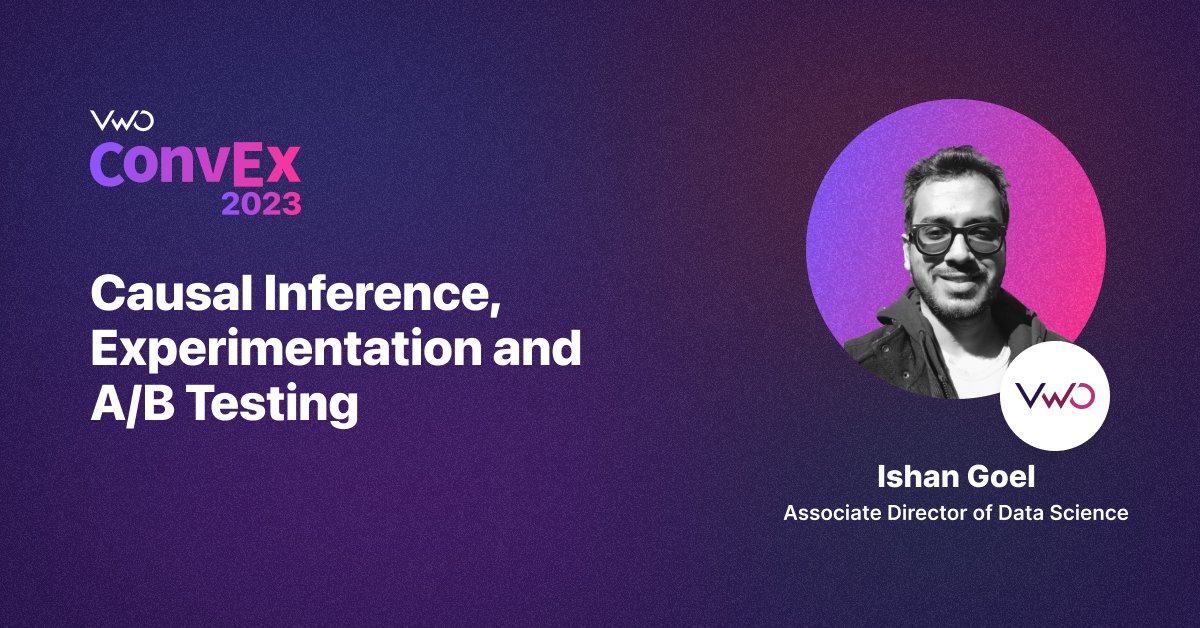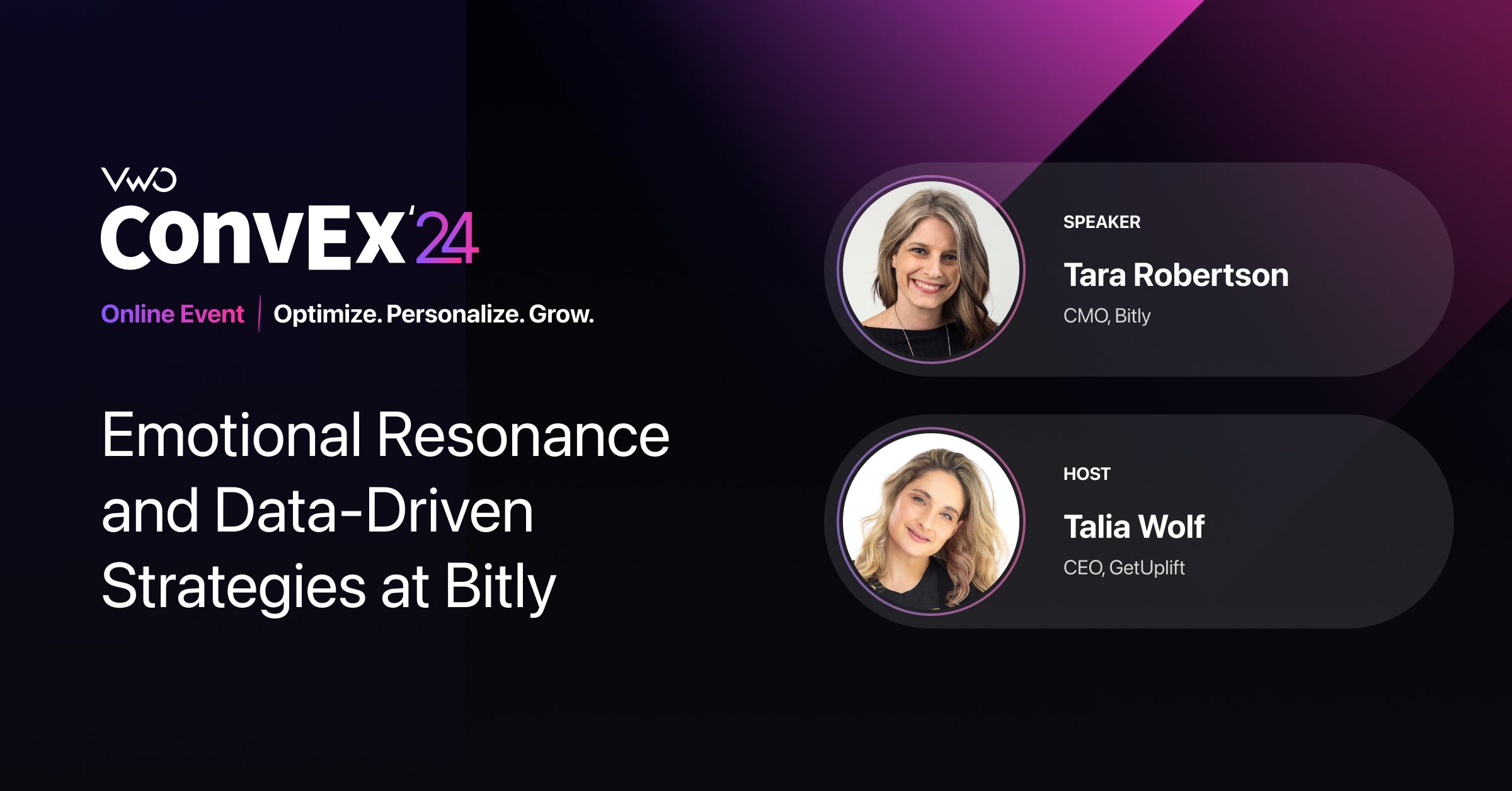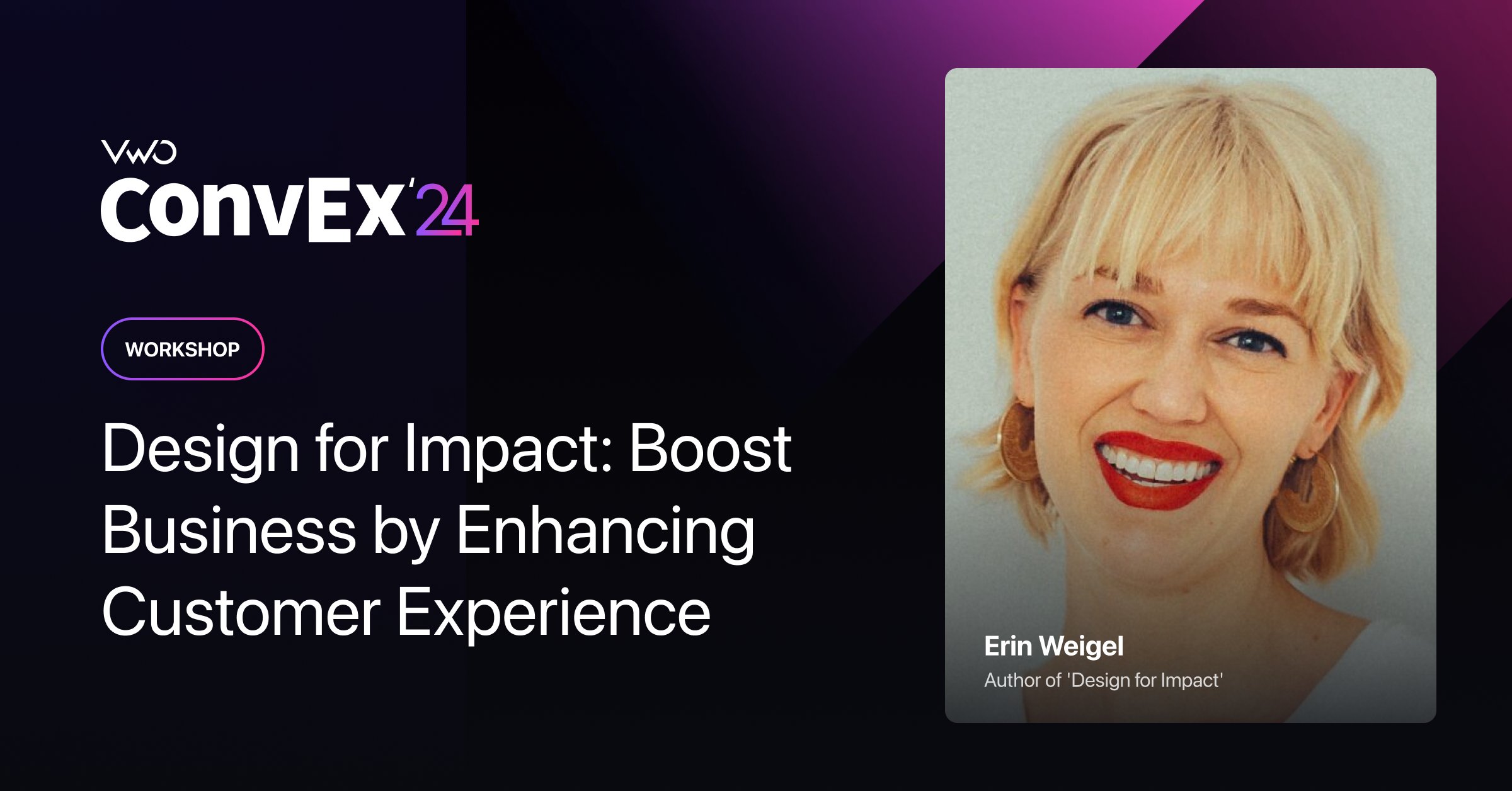Make Forms Easy for Users
Rommel shares his real world experience of optimizing a form that led to 30% uplift in CVR.
Summary
Rommel, a Senior CRO Strategist at Portent, shares insights from a project aimed at improving a client's 'buy one, get one free' campaign by enhancing the user experience of their online forms. The 2022 campaign underperformed due to a complex and cognitively demanding form. Through a collaborative effort involving analytics, client input, and development teams, the form was redesigned to be more user-friendly. The new form combined the first two steps into one, reducing the cognitive load and streamlining the process. This change led to a significant increase in form completion rates, demonstrating the importance of user-friendly design in conversion rate optimization (CRO).
Key Takeaways
-
Simplifying the form by reducing steps and cognitive load significantly improved the user experience, leading to higher completion rates.
-
The redesigned form achieved a 114% year-over-year lift in conversion rates, validating the approach and highlighting the importance of user-centric design in digital marketing strategies.
-
The project's success has paved the way for further A/B testing and optimization, emphasizing the need for continuous improvement in digital marketing efforts.
Transcript
[00:00:00] Rommel: Hi, everyone. My name is Rommel, and I’m based in Seattle, Washington. I work for Portent as their senior CRO strategist.
[00:00:16] I’ve been in digital marketing for about 10 years now, doing a plethora of different things. But I mainly cut my teeth when it came to paid social media testing, optimization, and analytics.
[00:00:29] After getting a certificate in UX design and visual interface design at the University of Washington, I then was hired on at Portent as a CRO specialist.
[00:00:39] At Portent, I mainly work with B2B and SaaS companies but also, work with some DTC and B2C clients as well. I’m a cat dad of two. I also support local and abroad football teams. I also love listening to our local radio station.
[00:01:00] So, very quickly on what’s going to be reviewed here. This is just, in case anyone does have the electronic copy of this, you can navigate to sections of this deck. We’re also gonna be talking about amount of collaboration involved in this project on how making forms easier for users improved conversion rate for our client. Also, some of the planning and the implementation steps involved.
[00:01:24] So, second title slide, users deserve an easier form fill experience. Speaking as a user myself, I think this resonates. We wanted to make sure that our clients, when they are presenting or looking at improvements to their forms year over year, quarter over quarter, that this is a major thing that gets addressed.
[00:01:45] So the situation here was that our clients ‘buy one, get one’ free campaign was an underwhelming campaign for 2022. Our hypothesis or part of our process and actually figuring out a possible solution for this was just to look at the form experience itself, because there was some glaring errors in the progressive form process, as well as looking at the analytics or the back end data to find out if there are other larger factors that contributed to this.
[00:02:14] So, upon doing that brief audit, we noticed that the steps involved in this form took more cognitive load for the user
[00:02:23] than necessary to just complete a five step progressive form process. Here’s a sequence of what that looks like right here on the screen. This is what it looked like in 2022. Apologies for all the redacted parts of this screenshot.
[00:02:38] But you can see, in this screenshot that the prompts, within the top of the form here required the user to react with select up to two of the plants available. Design aside, I know the difference between the radio buttons and the selection buttons here on the second step are factors there as well. But you can see that prompt evolved into the second step where it includes select up to two plans if the previous step that you made selected two. So, there was a lot of maybe added calculation within the user to make sure that if they selected two or one, that they select one or two in the second step.
[00:03:18] Something that we did as part of our audit for this step was to just look at analytics and because this was in interactive form in 2022, we used universal analytics at the time. We also had implemented with our client some custom event categories so that way we can actually track when users start a form and then complete a form.
[00:03:41] So this view that we were able to pull up from 2022 allowed us to set a benchmark or a kind of a baseline for where our conversion rate was and maybe how much more improvement we want to see in 2023, once this was updated.
[00:03:56] Here’s another view of that screenshot sequence of the form from 2022. This was information that we were able to calculate using user recordings and calculated drop off. So, you can see here in that second step again, where that evolved prompt was for the form we saw largest drop over half of the users that got to this step, if they even started the form, ended up not completing the form whatsoever. After that was a pretty steady digression of drop offs for the form but certainly the first and second step were the biggest hurdles that we needed to make sure we’re clear in improving the form process.
[00:04:37] So, collaboration.
[00:04:39] Certainly I talked quite a bit about the CRO team side of things. Our analytics team was also involved in making sure that we could look at every nook and cranny of the data to make our hypothesis sound. The client was also involved. We wanted to keep close communication with them and make sure that they understood the reasoning behind the process.
[00:04:59] Share exclusively all the data that we had available to us to make sure that our hypothesis was sound. And then also, assign them with what elements of the form were still top priority or necessary for their CRM.
[00:05:15] The development team was crucial for this. They actually went above and beyond our expectations for how this form evolved for this year.
[00:05:22] So, they’re in charge of staging and testing within the dev environment before publishing to production for use this year during the client’s campaign.
[00:05:34] You’ll get a zoom in on this form here but the spreadsheet that you’ll see on the screen was vital for us to make sure that we could visually communicate how this form would work, both as a progressive form and then dynamically as something that could actually be whittled down to fewer, relevant selections on the form as it lived on numerous pages across the client’s domain.
[00:05:59] So, using this spreadsheet, we were able to show at least, given the page that this form would live on – what selections would be available in this first step for the user. And if they selected any one of these 2 to 4 selections, what would then be dynamically given to them as their free or their add on or their ‘buy one, get one’ selection before progressing to contact information and the eventual submit button.
[00:06:26] So, here’s a comparison of then and now we’re looking at 2022, which you’ve seen probably 2 or 3 times at this point in this presentation, and how that form evolved for 2023. You see that we’ve condensed the first and second step into that first screen of four now. The last three steps of contact information and submission remain the same but now that we’ve included a more dynamic and easier to select form for that first and second step into one, we hypothesize that this would be condensed to a much higher completion or conversion rate by the end of a year over year period.
[00:07:05] So, the ‘then and now’ in the chart size, you’ll notice on the left side here I have metrics from 2022 and then 2020.
[00:07:12] These were numbers that were taken within the same time span. May 1st of 2022 to August 5th of 2022. And then the same dates for this year. The numbers speak for themselves. The conversion rate for the new form overall was about 30%, which is about 114% year over year lift.
[00:07:32] Certainly that was part and due to the amount of completions that were accomplished in this new form format. So, about a third of the people who started the form ended up completing it in 2023, compared to where it was in 2022, where only about 14 to 15% of users who started the form, completed it.
[00:07:52] This pretty much was our telltale for the client that yes, this is direction we should be heading to when we want to make sure people are completing the form in this experience. This certainly does and will continue to lead more proper A/B testing just to make sure that we can optimize each step of the form or even explore other avenues for forms like this as they’re used for other campaigns for our clients’ seasonal campaigns.
[00:08:21] I’m going to make the last two minutes here and just thank the VWO team, everyone in communication for allowing me to spend 10 to 15 minutes with you to talk about this project. Super excited about it. Appreciate the exposure.
[00:08:37] That’s about it. I’m happy to leave it to the team to facilitate the question and answer period.
[00:08:44] [QUESTION 1] Any reasons for the drop in sessions year over year?
[00:08:47] Yes. One of the factors we definitely took into account was seasonality. The client that we work for is very dependent on how the weather is in the region that they work in.
[00:08:58] So, year-over-year, the climate or really what the state of the weather was – was a factor for this. So, far less sessions there. I think campaign spend for this page was a major factor as well across all the pages, this was tested on. So, the amount of campaign spend in 2022 vastly different for what it was in 2023.
[00:09:18] [QUESTION 2] So, we see in our form the highest drop off is at the end where users need to enter their personal details. We ran a survey that is about their worries, about data security. Would you have ideas on how to solve that problem?
[00:09:31] I can lend maybe a couple different ideas. I’m sure other strategist in this talk and can speak more to some of them as well from their experience.
[00:09:41] I think communication with the client and making sure that the most vital pieces of information are there. As a fellow user, also, very cognizant of my data being available to other companies. I want to make sure that I’m only filling out the most vital stuff or stuff I’m comfortable sharing.
[00:10:00] So, as long as the client’s in line with just how much we can actually collect on a form to make it easier for the user. That is number one.
[00:10:09] Number two – depending on the client you work with if security is a major thing and you can find some ways to include trust signals or factors within the forum that does instill, you know, here’s a secure process or we don’t share your data with anyone sort of terms and conditions.
[00:10:28] Those are pretty important as well. A lot of people, strangely enough, read those things in forms and their overall experience when signing up for things. So, I think keeping that consistent is important.



